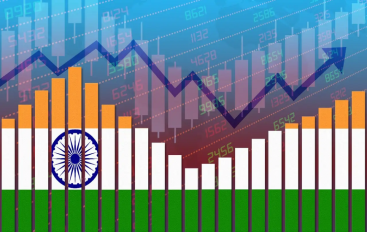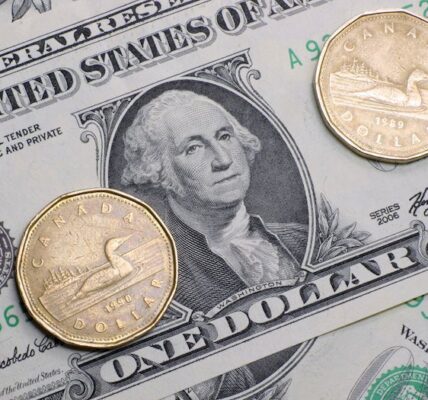India’s gross domestic product (GDP) growth for the financial year 2024-25 (FY25) is projected at 6.4 per cent, a significant dip from the 8.2 per cent recorded in FY24, according to data released by the Ministry of Statistics on Tuesday. This marks the first time in four years that growth has fallen below the 7 per cent mark, driven by a sluggish first half marked by high inflation, reduced fiscal stimulus, and tighter lending norms.”The decline in government capital expenditure, a key driver of post-pandemic recovery, during the second quarter is unlikely to be compensated for in the rest of the fiscal,” said Dharmakirti Joshi, Chief Economist, CRISIL. He attributed the slowdown to reduced private sector investment, decelerating from 9.0 per cent growth last year to 6.4 per cent this fiscal, despite favourable conditions.However, the second half of FY25 could see an uptick, as improved agricultural output and rural demand are expected to buoy the economy. The agriculture sector’s real GVA growth is estimated at 3.8 per cent, compared to 1.4 per cent in FY24. “Rural consumption, which constitutes about 60 per cent of India’s total private consumption, will receive a boost from healthy kharif production and promising rabi season prospects,” Joshi added.Private Final Consumption Expenditure (PFCE) grew by 7.3 per cent in FY25, a notable rise from the 4 per cent recorded last fiscal, reflecting increased consumer confidence. Government spending on goods and services also rebounded, growing at 4.1 per cent, compared to 2.5 per cent in FY24.The construction sector remains a bright spot, with its Real GVA expected to grow by 8.6 per cent, while the financial, real estate, and professional services sector is forecast to expand by 7.3 per cent. Meanwhile, industrial activity has shown resilience, but the urban economy faces challenges with slowing credit growth and moderated consumer confidence.Joshi noted, “The urban economy is grappling with high inflation and slowing retail credit growth, impacting discretionary spending.”Looking ahead, Joshi expects a moderate recovery in FY26, projecting 6.7 per cent GDP growth underpinned by public infrastructure spending, lower crude oil prices, normal monsoon, and monetary easing. However, he cautioned that geopolitical and climate risks could disrupt this trajectory.The Ministry of Statistics echoed similar optimism for FY25, expecting 6.4-6.8 per cent growth driven by resilient rural demand and industrial recovery in the second half.





